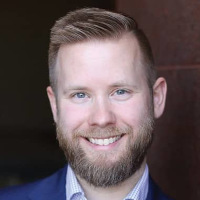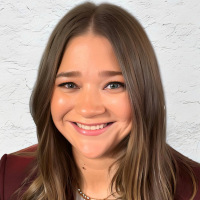Home » Keywords: » lead
Items Tagged with 'lead'
ARTICLES
STRATEGIC PLUMBING INSIGHTS
Christoph Lohr: The increasing frequency of plumbing failures
Unintended consequences
June 6, 2022
Setting a new standard for lead
Reducing the Q criteria for endpoint devices under NSF/ANSI/CAN 61.
November 17, 2021
Nicole Krawcke: Aging infrastructure needs to be addressed sooner rather than later
A national infrastructure overhaul presents opportunities for the plumbing industry.
October 14, 2020
Get our new eMagazine delivered to your inbox every month.
Stay in the know on the latest plumbing, piping, hydronic and fire protection trends.
SUBSCRIBE TODAYCopyright ©2024. All Rights Reserved BNP Media.
Design, CMS, Hosting & Web Development :: ePublishing





